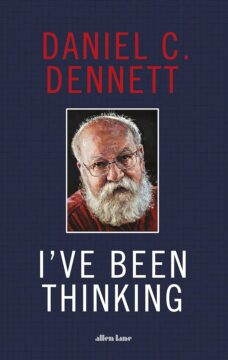Anil Gomes in the London Review of Books:
 The philosopher Wilfrid Sellars thought that philosophy involved the reconciliation of disparate facts. Consider the disconnect between what he called the ‘scientific’ and the ‘manifest’ images of the world. Science describes a domain of fundamental particles situated in fields of force, spread out across a four-dimensional spacetime. Ordinary human life contains conscious creatures who make decisions, puzzle over problems, and find things good and beautiful. How do we integrate these two stories into a unified whole? One of the tasks of philosophy, Sellars said, was ‘to understand how things in the broadest possible sense of the term hang together in the broadest possible sense of the term’.
The philosopher Wilfrid Sellars thought that philosophy involved the reconciliation of disparate facts. Consider the disconnect between what he called the ‘scientific’ and the ‘manifest’ images of the world. Science describes a domain of fundamental particles situated in fields of force, spread out across a four-dimensional spacetime. Ordinary human life contains conscious creatures who make decisions, puzzle over problems, and find things good and beautiful. How do we integrate these two stories into a unified whole? One of the tasks of philosophy, Sellars said, was ‘to understand how things in the broadest possible sense of the term hang together in the broadest possible sense of the term’.
Daniel Dennett, who died in April, spent much of his career examining matters that populate ordinary thinking about the mind: beliefs, pain, consciousness, free will, the self. He sought to reconcile these aspects of the mind with the scientific story, to show how they can be integrated with such things as neural pathways carrying information, molecules moving according to mechanistic laws, the fundamental particles of atomic physics.
More here.
